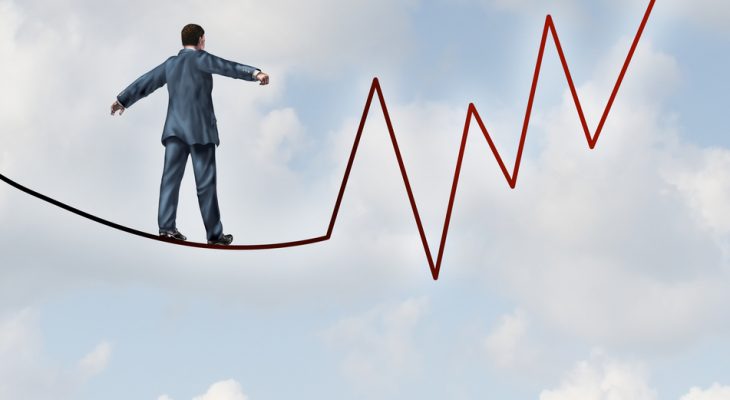Risk, and the role it plays in a portfolio, can be one of the most difficult concepts for investors to grasp. To help clear things up, we outline four important risk-related insights every investor should know.
1. Risk has many faces. When people talk about risk, they’re usually referring to investment risk: The idea that you could purchase stock at $50 a share and it could potentially be worth $25 a year later. This kind of risk is relatively easy to understand, and it’s measureable based on the ups and downs in an investment’s price. The more volatile the price has been, the more risky the investment is considered to be.
Unfortunately, investment risk is only one of the risks investors can face. There are plenty of others that aren’t as easy to understand or measure. These include:
Market risk. This is the risk that the entire market will decline and pull your investment down with it. Remember what happened to stocks during the Great Recession? That’s an example of market risk.
Inflation risk. Inflation is the overall increase in prices in an economy. There’s a risk that an investment’s return won’t be enough to overcome inflation’s impact. For example, if inflation runs 2% a year and your investment returns only 1%, you lose “purchasing power.” As a result, your investment buys less at the end of the year than at the beginning.
Opportunity risk. Some investors believe you can avoid risk by investing conservatively. Opportunity risk is the possibility of missing out on the chance to earn better returns because you aren’t being more aggressive.
There are many more types of risks, too, including some specific to certain investment categories. For example, bond investors face default risk—the risk that the issuer will fail to make interest payments or repay the bond’s par value at maturity.
2. Risk is usually linked with expected return. This is possibly the most important thing to understand about risk. Risk and return generally go hand-in-hand: If you put money into a low-risk investment, you should probably expect lower returns. If you choose a higher-risk investment, you’re seeking higher potential returns.
Of course, things don’t always work out that way. A high-risk investment may not get better returns. (In fact, you could lose your entire investment.) But many investors continue to include riskier investments in their portfolios, often for higher return potential.
3. You should determine your risk tolerance. Your risk tolerance is how much risk you can comfortably live with in your portfolio. Determining your risk tolerance can be challenging. There are tools, including questionnaires,* that can help. One indicator that you’ve exceeded your investment risk tolerance: when your investments’ performance keeps you awake at night—especially when there’s market volatility.
It’s okay to have a relatively low risk tolerance. However, focusing on lower-risk strategies may mean you need to adjust your objectives (for example, having $750,000 at retirement instead of $1 million). Or, you may need to lengthen your time horizon, which is how long you have until you tap into your investments. For example, you may decide to work until age 68 instead of 65 so you have more time to invest.
4. Help is available. Because risk is complicated—and only one aspect of investing—look to your financial advisor for help with building your portfolio. Your financial advisor will take the time to get to know you, including your risk tolerance, before recommending an investment plan.
*https://www.wellsfargo.com/investing/retirement/tools/risk-tolerance-quiz/
All investing involves risk, including the possible loss of principal.
This article was written by Wells Fargo Advisors Financial Network and provided courtesy of Michael J Krupa, FA, Krupa Wealth Management, in Honedale, PA 18431, 570-253-0121.
Investments in securities and insurance products are: NOT FDIC-INSURED/NOT BANK-GUARANTEED/MAY LOSE VALUE
Investment products and services are offered through Wells Fargo Advisors Financial Network, LLC (WFAFN), Member SIPC. Krupa Wealth Management is a separate entity from WFAFN.
© 2019 Wells Fargo Advisors Financial Network, LLC. All rights reserved.


